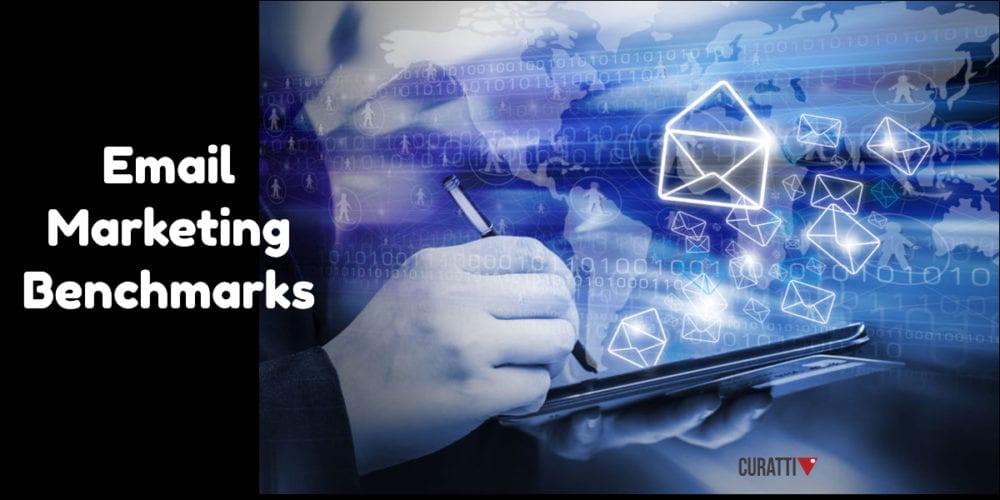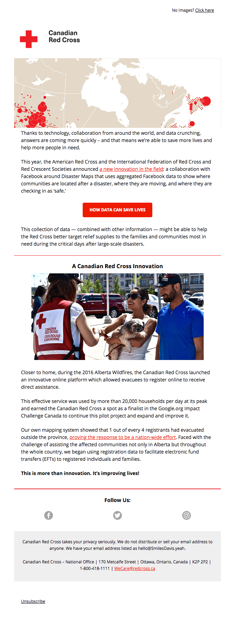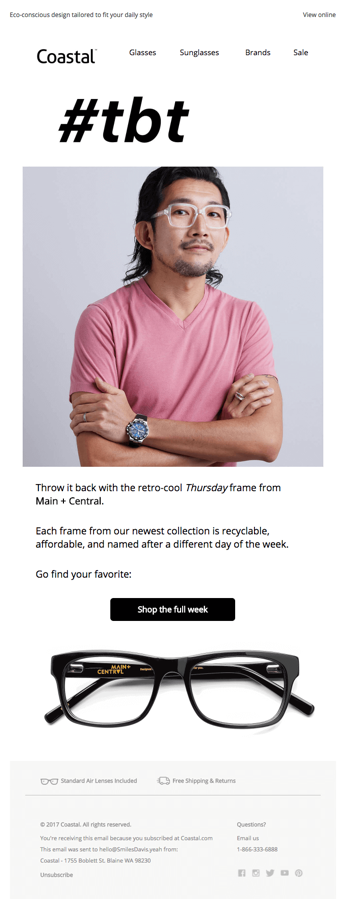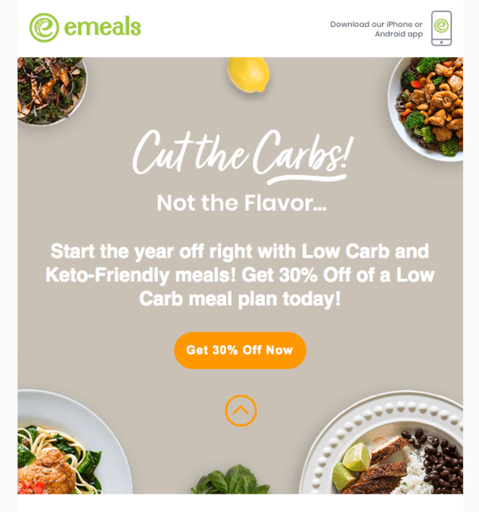All You Need To Know About Email Marketing Benchmarks

Last week, your business launched a much-anticipated email marketing strategy. After checking the news this morning, your staff found out about a fairly new technique that works better. When will you stop playing catch up? Better yet, how do you know you’re in sync with an email marketing landscape that is constantly shifting?
Email marketing benchmarks have become the go-to reference for marketers who want their campaigns to stack up against their counterparts. From open rates and bounce rates to unsubscribes and spam rates, businesses want to know how healthy their mailing lists are compared to industry metrics.
Providing insight into the bigger picture of online engagement, these benchmarks also point to market opportunities and bottlenecks and show whether a campaign is missing a few nuts and bolts.
As we dig deeper into the numbers, you may wonder if there is an easier way to understand everything. How will you translate all of this information into actionable insight? How do you silo the most useful pieces of data?
With all the numbers coming in and changing in real-time, analytics dashboards can get convoluted pretty fast. The last thing you want is to focus on data that you need the least. So where do you look?
The Ultimate Email Marketing Benchmarks 2019: By Industry and Day by Campaign Monitor is a comprehensive resource for marketers who want to know more about:
- Best and worst days for email marketing
- Top industries by open and click-through rates
- Unsubscribe, click-to-open, spam and bounce rates
- Deliverability rates
- Improving email marketing metrics
To narrow it down, we’ve come up with a few primary takeaways:
1. Niche Businesses Have It Good
It’s no surprise that nonprofits top all industries with an open rate of 20.39%. The agriculture industry follows at a close second with an open rate of 20.13%, followed by government at 19.79%. If there’s anything this teaches us, it’s that well-targeted brands or businesses are more likely to make it.
Is your email marketing campaign personalized? How well did you segment your audience? Do you see unique trends among an initially homogeneous customer base? If you answered yes to the last question, congratulations. You probably have dug deep enough. Use the new information to your advantage.
Here’s an example of an email from a nonprofit. The Canadian Red Cross leverages the power of data in its Disaster Maps. Today’s readers are in love with the idea of organized information, from infographics and pie charts, all the way to tables:
 Source: Really Good Emails
Source: Really Good Emails
2. Send Your Email On a Thursday.
While we’re still trying to understand why Thursdays prove to be the most successful send dates, we know one thing is for sure—you can never go wrong with scheduling your newsletter on this day.
Plus, when you’re consistently sending on the same day each week, you can come up with themes that correlate to the day of the week you’re sending on.
Why not use #tbt as a concept in your Thursday emails? In the example below, eye brand Coastal assigned a specific frame just for Thursday. After all, everybody loves a good nostalgia moment.
 Source: Really Good Emails
Source: Really Good Emails
3. Incentives Work But Be Truthful.
Don’t bait-and-switch your subscribers by offering a huge discount in your subject line only to ask them for a high minimum purchase in the email content. This may result in high open rates AND high unsubscribe rates at the same time. As much as possible, be upfront with what you can offer them and follow-through. Note that incentives can also be re-engagement tools, so use them wisely.
For subscribers of nonprofits, calls to action are an incentive. Since these subscribers are highly passionate about the organization’s cause, an opportunity to help is always very attractive for them. Other industries can learn from this example and build meaning for their subscribers.
Design company FiftyThree used climate change as an introduction to one of its newsletters. Then, they offered an incentive for customers who will take their product survey. The prize? A sustainably harvested Walnut Pencil. Not bad!
 Source: Really Good Emails
Source: Really Good Emails
4. Customer Intelligence Is The Way To Go.
For your business to go beyond open and click-through rates to more specific data analytics like frequented locations and personal preferences, consider the convenience of marketing automation. Through the use of customer journeys and workflows, marketing automation offers you the opportunity to create lasting relationships with your subscribers.
When you have collected enough data from your subscribers, you can profile them better and use stronger segments in your email marketing campaigns. The more personalized you are with your emails, the more interested your subscribers will be. You’ll receive good customer feedback, increased referrals, and a higher ROI. It’s a win-win for both parties.
5. Prioritize Readability.
Font selection, placement of photos, and rendering across devices are very important considerations for today’s email subscribers. Short attention spans will not forgive a misplaced e-signature, infographics that don’t fit in the screen, glittering GIFs. Worse? Your emails could be marked as spam.
Check out how Emeals uses a clean and creative design complete with a catchy title and a discount to boot. Their platform is also available on iPhone or Android, which is a huge plus for subscribers on-the-go.
 Source: Really Good Emails
Source: Really Good Emails
Wrap Up
As more brands decide whether to invest in social media influencers, TV and online commercials, or huge billboards, today’s top marketers continue to utilize over email marketing. Why not, when for every $1 spent on email marketing, a business gets $44 in return?
Campaign Monitor crunched some really good numbers in its resource on email marketing benchmarks. If you click on the link and check the individual charts, the industries’ statistics are not too far apart. They are all trying to catch up with each other. This means that email as a marketing tool is still a very viable option for most, one that does the work and perhaps does it even better than others—even social media.

Ash Salleh is the Director of SEO at Campaign Monitor, where he works closely with content, copy, and analytics teams to improve site-wide optimization. Prior to his time at Campaign Monitor, he also provided SEO and digital marketing expertise at Zappos and Axiata Digital.
Featured image: Copyright: ‘https://www.123rf.com/profile_feelart‘ / 123RF Stock Photo

CURATTI GUEST


